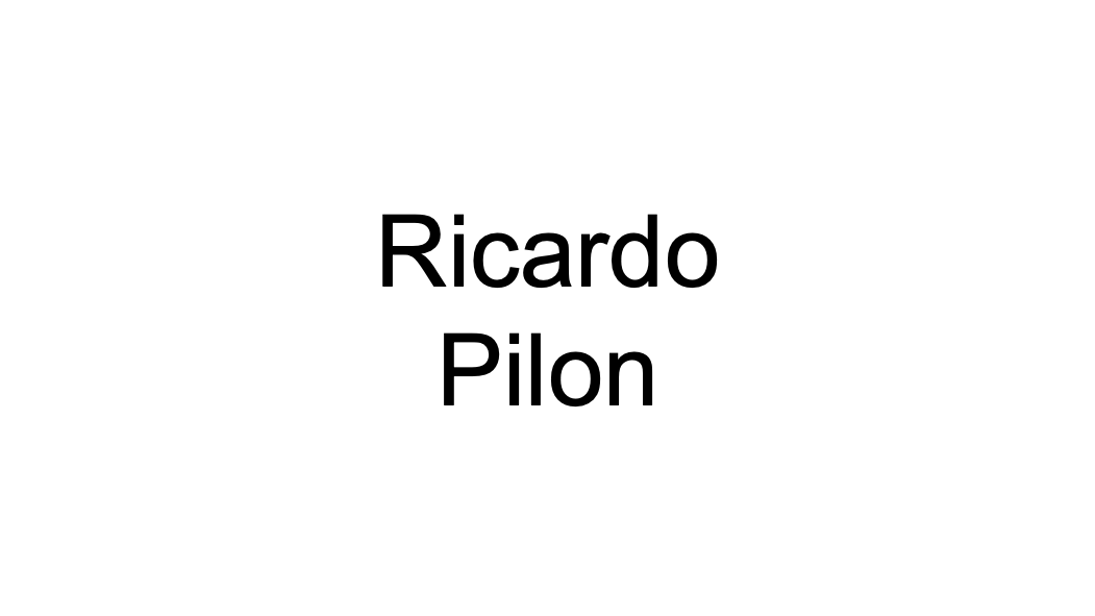Thomas Cook's Forgotten Recipe
Airlines & tour operators have an opportunity to re-learn what made Thomas Cook so successful
Bob Branston was baffled. The imaginary aviation entrepreneur had started a new Canadian airline, Vestal Atlantic, by applying advanced computation methods powered by artificial intelligence (AI) and machine learning that spotted opportunities most humans would miss (see article one & article two). But it was not enough.
AI was being commoditised – every…





